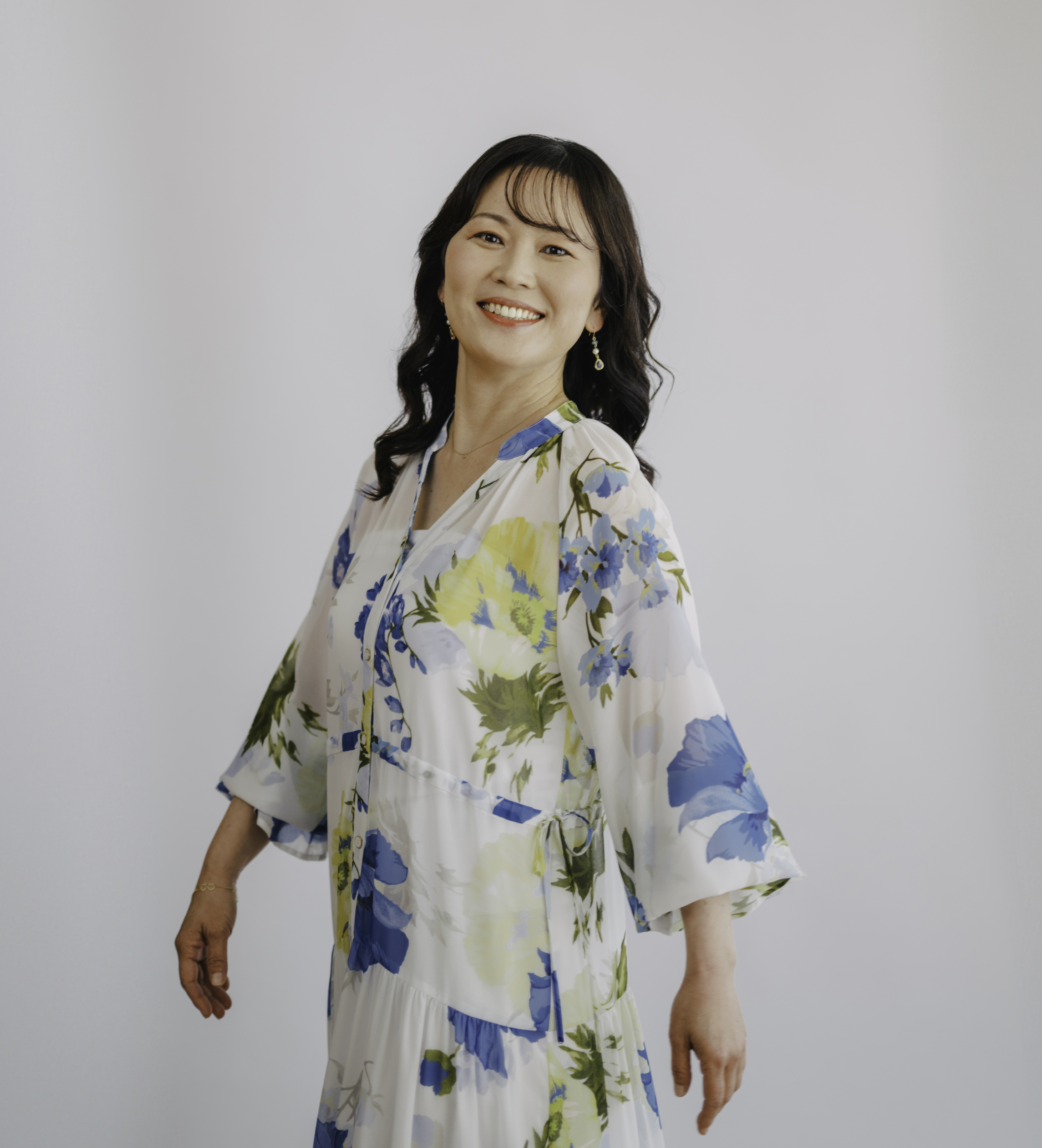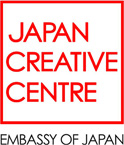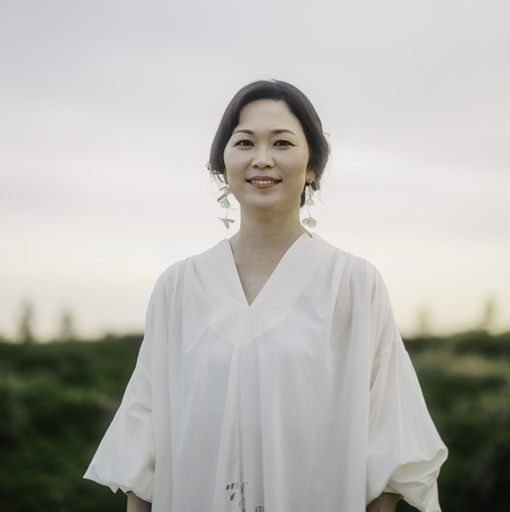

Special Feature
Tamashiro Chiharu (KIRORO)
|
KIRORO is a duo from Okinawa, Japan consisting of vocalist Tamashiro Chiharu and pianist Kinjo Ayano. With numerous hits such as Nagai Aida (長い間) and “Best Friend”, KIRORO is beloved worldwide. In fact, you may even be familiar with the Mandopop covers of their songs such as Afterwards (后来) by Rene Liu (刘若英) - originally Mirai e (未来へ) - and Remember to Forget (记得要忘记) by S.H.E - originally Suki na Hito (好きな人).
|
· · ─ ·✶· ─ · · 青春 | The Springtime of Life · · ─ ·✶· ─ · · During a visit to Ikeda Town in Hokkaido in elementary school, Tamashiro Chiharu was fascinated by the language of the Ainu people, an indigenous ethnic group who reside in northern Japan. Inspired by the language, she decided on the name ‘KIRORO’ – stemming from the Ainu words ‘Kiroru’, meaning a wide walking path, and ‘Kiroro-an’, meaning resilient and healthy. Since their major debut in 1998, KIRORO has released many classics. ‘Best Friend’ is also memorable for many Japanese for being the iconic song during middle school and high school graduation ceremonies.
|
· · ─ ·✶· ─ · · Hope Dream Future · · ─ ·✶· ─ · · After many years of music activities, KIRORO has taken a step back from the hustle and bustle to focus on their own personal projects and spending time with their families. Our interviewee, Tamashiro Chiharu moved back to Okinawa for a more relaxed pace of living and to raise her children amongst the presence of family. In 2019, Tamashiro Chiharu and her family had the opportunity to visit a children’s home in Malaysia. She also held a concert in Sabah with Jesselton Philharmonic Orchestra and Caring For the Future Malaysia (CFFM) in aid of marginalised children. This experience impacted her deeply and since then, she has been giving special classes at schools and facilities in Japan, teaching children how to create songs to express their thoughts and emotions. Through one of the sessions, the song Hope Dream Future was created.
|
|
· · ─ ·✶· ─ · · 一期一会 | One life, One encounter · · ─ ·✶· ─ · · In her interview with JCC, Tamashiro Chiharu talks about how taking a step back has changed the way she views the world around her. Continue reading the article for our interview, thanks to the coordination of Mode Entertainment. We hope that you enjoyed reading this feature! |
|
Q: Have you been to Singapore before? What do you look forward to the most about performing in Singapore for the first time? A: Singapore was the destination for our first overseas trip as a family of five with friends and their family back in 2018. At that time, we visited Universal Studios Singapore, Gardens by the Bay, and strolled around the area where Clarke Quay and the Merlion are located. |
 Photo: MODE Entertainment |
Q: Kiroro’s songs are very beloved among J-pop listeners, with many people having fond memories of listening to your songs. How do you feel about the growing popularity of Japanese music in current days? A: J-POP, K-POP, and Western music are what my children tend to listen to, so they naturally reach my ears. However, I'm so caught up in the demands of my own life that I haven't been able to sit down and properly listen to, analyse, or truly appreciate contemporary music. Q: Kiroro has a lot of original songs that became big Mandopop hits in the 2000s. Do you have a Mandopop song or artist that you like?
Q: What is something that you love about your hometown, Okinawa? A: As I have many family members and relatives in Okinawa, I love the environment whereby everyone can help to raise children together. Q: What is an unforgettable experience during the past years of your career that you will always remember? Q: Do you have a message that you would like to relay to Friends of Japan Creative Centre or your Singaporean fans who are looking forward to your concert in Singapore? |
|
|
Resources: Do you have a Japanese-related article or a Japan-Singapore story that you would like to work with us to feature? Please drop us an email jcc@sn.mofa.go.jp and we will be in touch! |
|
Japan Creative Centre 4 Nassim Road, Singapore 258372 +65 6737 0434 / jcc@sn.mofa.go.jp https://www.sg.emb-japan.go.jp/JCC/ Nearest parking at Orchard Hotel & Delphi Orchard |
 |
